Wind Turbines Come in Two Configuration
1. Horizontal Axis Wind Turbines (HAWTs)
Horizontal Axis Wind Turbines are the most common type of wind turbine used today. Their design features blades that rotate around a horizontal axis, much like the propeller of an airplane.
Key Features:
- Orientation:
To operate efficiently, HAWTs must face the wind directly. This is achieved through:- Passive Orientation: Using a tail vane to align the turbine with the wind direction.
- Active Orientation: Employing motors and sensors to adjust the turbine’s position dynamically.
- Blade Design:
HAWTs typically have three long, aerodynamic blades designed for maximum energy capture.
Advantages:
- High Efficiency:
HAWTs are highly efficient at converting wind energy into electricity, particularly in locations with consistent wind patterns. - Proven Technology:
Decades of research and development have made HAWTs the dominant choice for utility-scale wind farms. - Scalability:
These turbines can range from small systems for residential use to massive turbines in offshore wind farms generating several megawatts.
Challenges:
- Wind Alignment:
HAWTs require systems to align with the wind, adding complexity and maintenance costs. - Land Use:
The tall towers and large blades require significant open space and specific siting considerations.
Applications:
- Large-scale wind farms, both onshore and offshore.
- Small-scale residential or agricultural systems.
2. Vertical Axis Wind Turbines (VAWTs)
Vertical Axis Wind Turbines have blades that rotate around a vertical axis, resembling a cylindrical or spiral shape. This design allows them to operate regardless of wind direction.
Key Features:
- Omnidirectional Operation:
VAWTs do not need to be oriented toward the wind, making them simpler and more reliable in turbulent or shifting wind conditions. - Compact Design:
The vertical axis allows for a lower center of gravity and smaller footprint, making them suitable for urban or confined spaces.
Advantages:
- Wind Independence:
VAWTs work effectively in locations with varying wind directions, such as urban environments. - Low Noise:
The design generates less noise compared to HAWTs, making them more suitable for residential areas. - Maintenance Accessibility:
With components located closer to the ground, VAWTs are easier and less costly to maintain.
Challenges:
- Lower Efficiency:
VAWTs are generally less efficient at harnessing wind energy due to increased drag and lower rotational speeds. - Structural Stress:
The vertical orientation can lead to uneven stress on the turbine components, reducing durability.
Applications:
- Urban settings where space is limited, and wind directions are variable.
- Remote or off-grid installations requiring low-maintenance solutions.
HAWTs vs. VAWTs: A Comparison
| Feature | HAWTs | VAWTs |
| Efficiency | High efficiency in steady winds | Lower efficiency, higher drag |
| Wind Orientation | Must face the wind | Works with wind from any direction |
| Noise | Can be noisy at high speeds | Quieter operation |
| Space Requirement | Requires open, unobstructed land | Compact and suitable for tight spaces |
| Maintenance | Challenging due to height | Easier with ground-level components |
| Applications | Utility-scale wind farms | Urban or small-scale installations |

